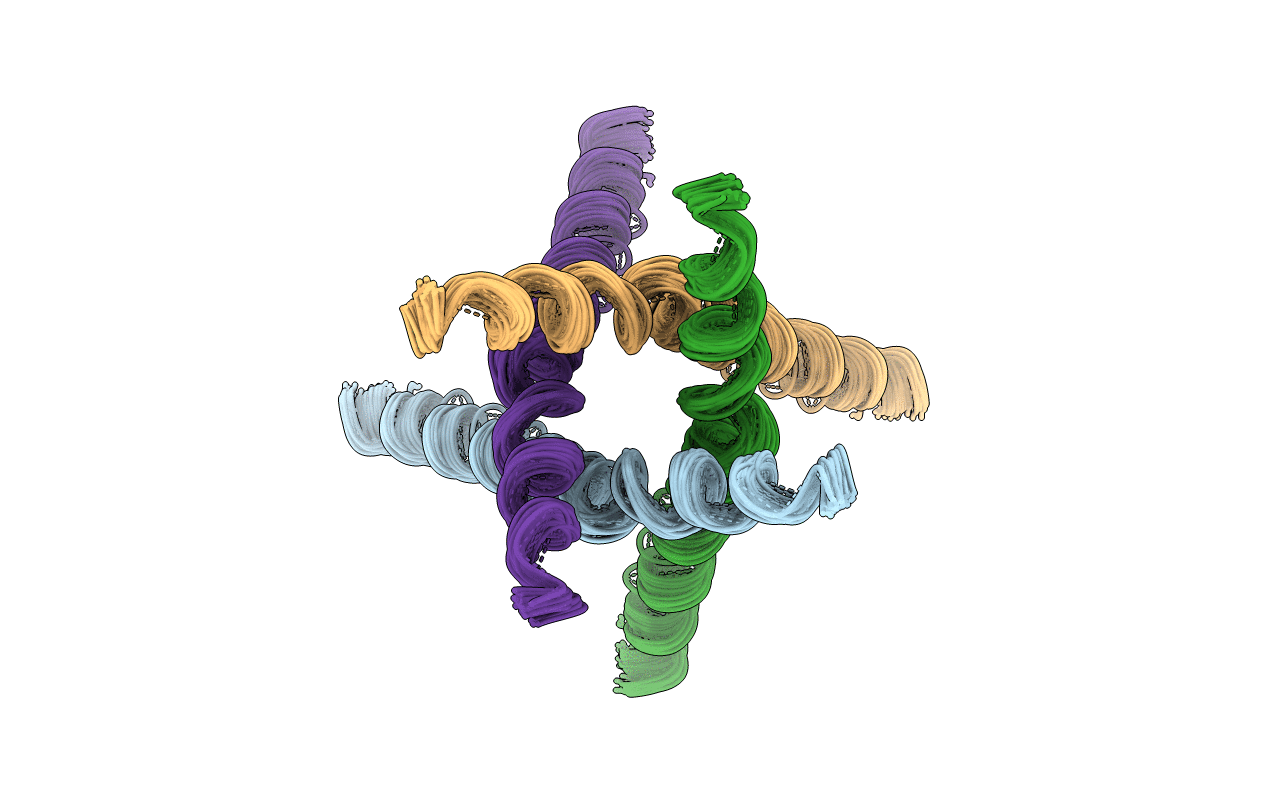
Deposition Date
2001-08-03
Release Date
2001-10-03
Last Version Date
2024-05-22
Entry Detail
Biological Source:
Source Organism:
Streptomyces lividans (Taxon ID: 1916)
Host Organism:
Method Details:
Experimental Method:
Conformers Calculated:
50
Conformers Submitted:
50
Selection Criteria:
STRUCTURES WITH THE LOWEST PENALTY


